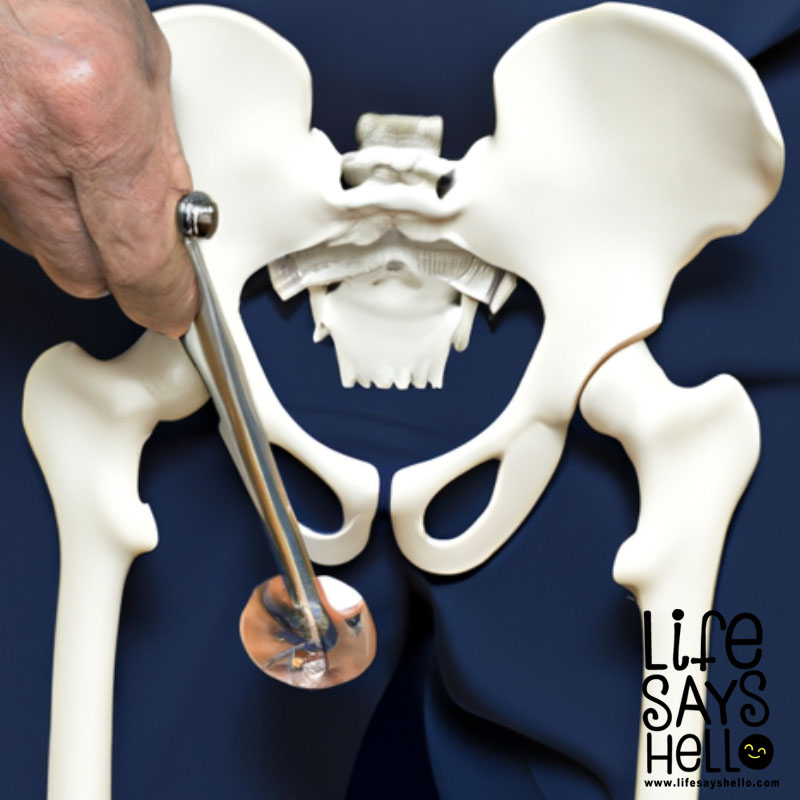Understanding Somatic Symptom Disorder: A Comprehensive Guide for Young Adults

When it comes to health, it's not all just black and white; Somatic Symptom Disorder (SSD) is a mental health condition that can blur the lines between physical and emotional well-being, making it difficult for young adults to navigate.
This comprehensive guide will help you understand and manage SSD, arming you with the knowledge you need to take control of your health and wellness journey.
Introduction
Hey there! We're glad you stopped by our guide to help you understand what Somatic Symptom Disorder (SSD) is all about. With all the stress and changes that young adults face, maintaining our health should be a top priority.
We've put together this guide to inform you about SSD, its symptoms, causes, and, most importantly, how to manage and treat this condition. So grab a snack, sit back, and get ready for the ultimate SSD learning experience!
Understanding SSD
Symptoms
One of the trickiest aspects of SSD is that its symptoms can appear similar to those found in physical illness or injury. The key difference? There's no identifiable physical cause behind them. Common symptoms include:
- Persistent pain, like a headache, muscle aches, or joint pain
- Fatigue and weakness
- Difficulty swallowing or a lump in the throat
- Upset stomach or gastrointestinal problems
- Neurological symptoms, such as dizziness or unsteady gait
If you experience any of these symptoms, and they aren't connected to any physical cause, it's important to consult with a healthcare professional for evaluation and guidance.
Causes
The exact cause of SSD is still unknown, but several factors can contribute to its development:
- Genetics: A family history of SSD or other mental health conditions might increase the risk.
- Physical illness or injury: A history of physical health issues may make it more likely for an individual to develop SSD.
- Stress: Persistent stress or past trauma can trigger or worsen symptoms.
- Temperament: Personality traits, like being highly sensitive or obsessing over perceived imperfections, could play a role.
Types
There are several types of SSD, including:
- Somatic Symptom Disorder: The most common type, characterized by excessive worry and anxiety about physical symptoms.
- Illness Anxiety Disorder: A type where the individual is preoccupied with the idea of having a severe illness, even without experiencing significant symptoms.
- Conversion Disorder: Also known as Functional Neurological Symptom Disorder, this type occurs when an individual experiences neurological symptoms such as blindness, paralysis, or seizures without a detectable organic cause.
- Factitious Disorder: Also known as Munchausen Syndrome, this type occurs when a person fakes or exaggerates physical or psychological symptoms to gain attention and sympathy.
Living with SSD
The Impact of SSD on Daily Life
Living with SSD can be challenging, as the physical symptoms can cause a significant amount of distress and make it difficult to function in daily life. People with SSD may struggle to maintain personal relationships, perform well in school or work, and enjoy the activities they once loved. That's why understanding and treating SSD is crucial.
Common Misconceptions
SSD can be misunderstood by both the individuals experiencing it and those around them. Here are some prevalent misconceptions about SSD:
- "It's all in your head": Just because the symptoms don't have a physical cause doesn't mean they aren't real or valid. People with SSD genuinely experience these symptoms.
- "You're just seeking attention": The symptoms of SSD aren't a ploy for attention––those who have it are genuinely distressed by the sensations they experience.
- "You can just snap out of it": Overcoming SSD is not a matter of willpower or determination. It's a complex mental health condition that requires understanding and professional treatment.
Understanding and debunking these misconceptions about SSD plays a significant role in combating the stigma surrounding the disorder.
Treating SSD
There's no one-size-fits-all approach to treating SSD, as each person's experience will differ. However, some standard treatment options can provide relief, including:
- Psychotherapy: Also known as talk therapy or counseling, this method helps individuals better understand their symptoms and develop healthy coping strategies. Cognitive-behavioral therapy (CBT) is often a preferred approach for treating SSD.
- Medications: Antidepressant or anti-anxiety medications may be prescribed to help manage the emotional symptoms of SSD. Always take medications as directed by a healthcare professional and communicate any concerns you may have.
- Relaxation Techniques: Learning methods like deep breathing, progressive muscle relaxation, meditation, or yoga can help reduce the stress that exacerbates SSD symptoms.
- Exercise: Engaging in regular physical activity can provide mental and physical health benefits, including stress reduction and improved mood.
- Support Groups: Connecting with others who share similar experiences can provide emotional support and promote understanding.
It's essential to work closely with healthcare professionals to develop a personalized treatment plan that meets your unique needs and circumstances.
SSD Myths Debunked
There are several myths and misconceptions surrounding Somatic Symptom Disorder that can prevent people from seeking help and understanding their condition. Let's debunk some of those myths.
Myth #1: SSD is not a real disorder
Fact: SSD is a genuine condition recognized by mental health professionals and included in the Diagnostic and Statistical Manual of Mental Disorders (DSM-5). Although there may not be a clear physical cause behind the symptoms, the distress and anxiety experienced by individuals with SSD are very real.
Myth #2: SSD sufferers are simply lazy or unmotivated
Fact: People with SSD experience physical symptoms that can significantly impact their daily lives and make it difficult to engage in everyday activities. It's unfair and inaccurate to label them as lazy or lacking motivation. The symptoms experienced by individuals with SSD arise from factors beyond their control, and they deserve understanding and support.
Myth #3: There's no hope for recovery from SSD
Fact: While SSD can be a chronic condition for some people, many individuals can improve with appropriate treatment and learn to manage their symptoms effectively. Recovery may not be the same for everyone, but with the right support and individualized care, most people with SSD can live fulfilling and productive lives.
Myth #4: Medication is the only way to treat SSD
Fact: Although medications can be helpful in some cases, they're not the only treatment option for SSD. Psychotherapy, support groups, stress-reduction techniques, and lifestyle changes are all beneficial interventions that can be used alone or in combination with medications.
Myth #5: People with SSD are just imagining their symptoms
Fact: The symptoms experienced by those with SSD are very real and distressing for the person living with the condition. It's essential to understand that SSD is not a matter of imagination or a person merely being "dramatic." Instead, it's a complex mental health condition that manifests in physical symptoms, and it requires understanding, empathy, and professional treatment.
Final Thoughts
Somatic Symptom Disorder can be a difficult and isolating experience for young adults. By educating yourself and understanding the complexities of SSD, you can help break down the stigma surrounding the disorder and make a positive difference in your own life or the life of someone you know.
Always remember to turn to trusted sources when seeking information about SSD and don't be afraid to reach out to mental health professionals for guidance or seek support from supportive communities, either online or in person.
The journey toward understanding and managing SSD isn't always straightforward, but with time, patience, and the right strategies, you have the power to take control of your health and live your life to the fullest.
Note for readers: This article is for informational purposes only and should not be used as a substitute for professional medical advice, diagnosis or treatment. Always consult with your healthcare provider first if you have any concerns.




Comments